With more than 20 ethnic groups living together, the proportion of ethnic minorities (EM) accounts for more than 40% of the district's population, the construction and replication of "Skilled Mass Mobilization" models in the EM areas and religious people in all fields has been of interest to the Party Committees and authorities of Di Linh district.
 |
| Models of good economic farmers are increasingly appearing among ethnic minorities in Dinh Trang Hoa commune. |
Di Linh district has a population of about 161,212 people, of which ethnic minorities account for 41.5%. The district has 4 main religions including Buddhism, Catholicism, Protestantism, Cao Dai with 94,005 followers, of which ethnic minorities account for 39.92%. Comrade Nguyen Thi Tuyet Nhung - Deputy Head of the People's Mobilization Committee of Di Linh District Party Committee said: In recent years, the People's Mobilization Committee has advised the Standing Committee of the District Party Committee to lead and direct grassroots party organizations under the District Party Committee, the Fatherland Front, district unions; the People's Mobilization bloc of communes and towns based on the actual situation and political tasks of the locality, agencies and units; from there, select the content to build models, typical examples of "Skilled People's Mobilization" in the fields of socio-economic development, national defense - security, and building the political system.
In addition, Party committees and authorities at all levels regularly pay attention to and strengthen the direction of organizations in the political system, agencies, units, localities and bases to effectively carry out mass mobilization work in ethnic minority areas and religious people, associated with building and replicating models and typical examples of "Skilled Mass Mobilization" in building new rural areas and civilized urban areas.
After 5 years of implementation and replication, up to now, in Di Linh district, there have been many "Smart Mass Mobilization" models in all fields, with specific names and numbers proving the significance and effectiveness of the models. In the economic field, typical models include the model of converting old coffee trees to grow durian, avocado, macadamia, mulberry, silkworm, and lagim by the people of Dinh Trang Thuong, Tan Thuong, Gia Hiep, Tan Chau, and Dinh Trang Hoa communes; the model of converting low-yield single-crop rice land to high-yield corn by the people of KaoKuil village, Dinh Lac commune; the Labor Exchange model of union members and youth of Dinh Trang Thuong and Tan Lam communes; the ST 25 rice growing model in Gung Re, Bao Thuan communes, and Di Linh town... Through the construction and replication of economic development models, the production situation and life of ethnic minorities in Di Linh district have become increasingly stable. Many households have abandoned the mentality of waiting and relying, actively promoting internal strength, rising up to escape poverty and becoming rich legitimately.
In terms of culture and society, the district has seen many models, typically in the work of propagating and mobilizing people to contribute funds and support working days to build fences and concrete yards for ethnic minority households. Typical examples include the model of ethnic minority veterans making fences and pouring concrete in residential yards in the communes of Bao Thuan, Son Dien, Gia Bac, Tan Thuong, Tan Chau, Tan Lam, Dinh Trang Thuong; the model of people of all religions participating in cleaning, unclogging sewers, protecting the green, clean and beautiful environment in villages and residential groups of Di Linh town, Tan Lam, Dinh Lac, Tan Nghia, Bao Thuan, Gung Re communes... In addition, there are models of mobilizing people not to organize lavish weddings, funerals, and birthdays; gradually eliminating customs and practices that are no longer suitable; models of saying no to early marriage and incestuous marriage in Lien Dam and Bao Thuan communes; Model of building and replicating "Typical residential areas" and "Model residential areas" of the Vietnam Fatherland Front Committee of the district implemented in villages and residential groups in the district.
In addition, agencies, departments and branches also actively propagate and mobilize ethnic minorities to comply with the Party's guidelines and the State's policies and laws; promote activities to preserve and promote the values of cultural heritages of ethnic communities in the district. Continue to maintain and build gong clubs in Tan Nghia, Dinh Lac, Bao Thuan, Tan Lam, Gung Re communes, Di Linh town, etc.
Regarding national defense and security in ethnic minority areas, models of the Movement "All people protect national security" continue to be built and expanded in conjunction with the Movement for All people to unite to build cultural life in residential areas, and the local socio-economic development program. Thereby, ethnic minority people actively respond by maintaining political security, social order and safety; promoting the role of village elders, prestigious people, intellectuals, and exemplary people. Security, politics, and social order and safety in ethnic minority areas are basically stable, with no hot spots. Religious activities of ethnic minorities take place normally, in compliance with the provisions of law.
In particular, the Steering Committee 503 of Di Linh district has advised on building a plan to organize mass mobilization work in ethnic minority areas with many specific tasks, close to the local situation through projects such as: building roads, building village halls, making cement yards, gates, fences... Since then, the face of the countryside, especially ethnic minority areas, has gradually changed.
According to comrade Nguyen Thi Tuyet Nhung, in addition to building typical examples and models of "Skilled Mass Mobilization", the mass mobilization bloc of communes, towns, the government bloc, the Fatherland Front and socio-political organizations in the district also continue to consolidate and perfect their mass mobilization bloc. At the same time, focusing on propaganda work to raise awareness among cadres, union members and association members in parallel with the work of perfecting the organization and developing union members and association members; especially union members and association members who are ethnic minorities. From there, raising awareness and responsibility for mass mobilization work. Cadres doing mass mobilization work are increasingly consolidated in quantity and quality, arousing the great potential and resources among the people. Through that, contributing to promoting the combined strength of the entire political system to effectively carry out the tasks of socio-economic development, national defense, security, building a strong Party, government, Fatherland Front and organizations.
Source








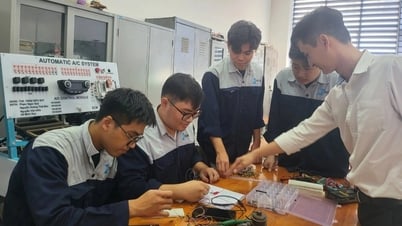

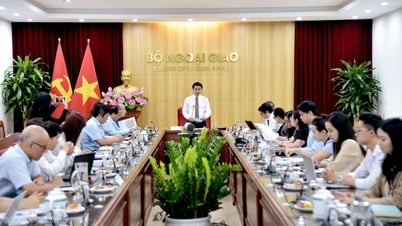



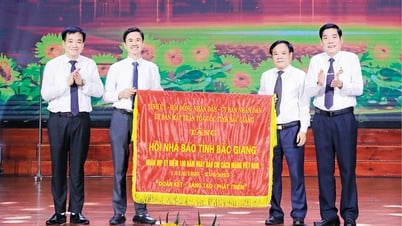

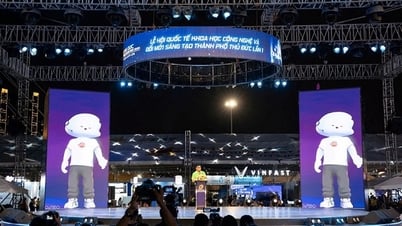

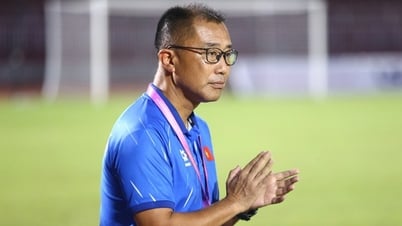



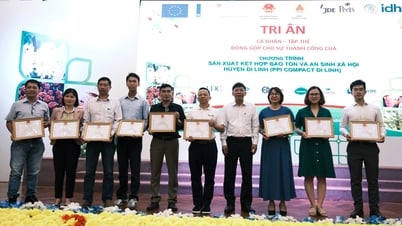
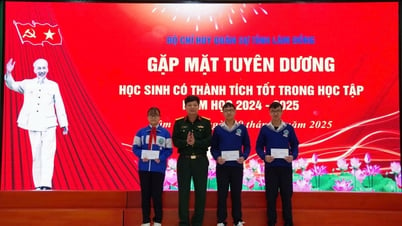
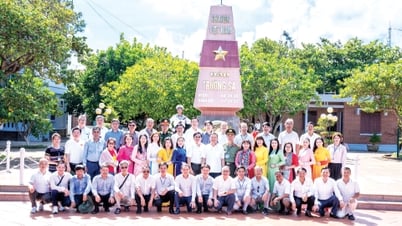

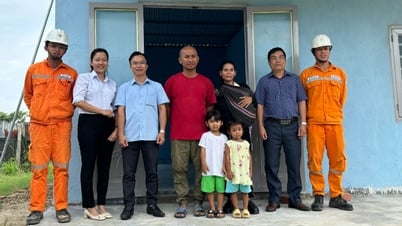









![[Maritime News] Wan Hai Lines invests $150 million to buy 48,000 containers](https://vphoto.vietnam.vn/thumb/402x226/vietnam/resource/IMAGE/2025/6/20/c945a62aff624b4bb5c25e67e9bcc1cb)
![[Photo] The 9th Congress of the Party Committee of the Office of the President, term 2025-2030](https://vphoto.vietnam.vn/thumb/1200x675/vietnam/resource/IMAGE/2025/6/20/78e7f27e8c4b4edc8859f09572409ad3)




































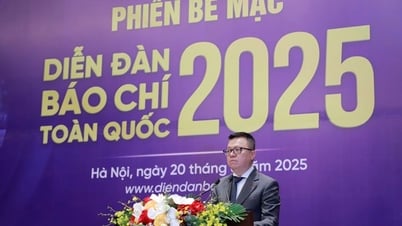

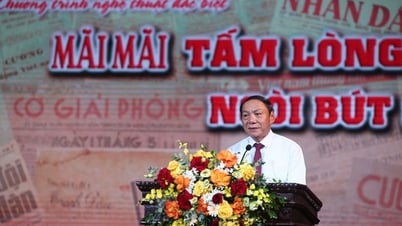
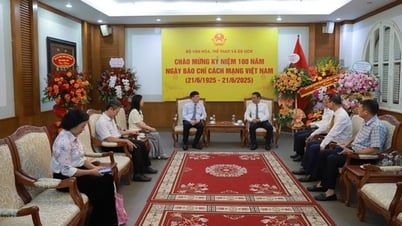
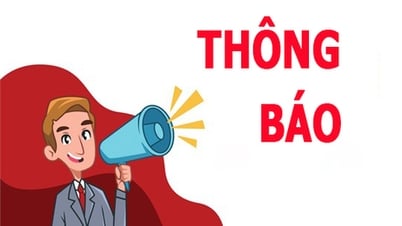

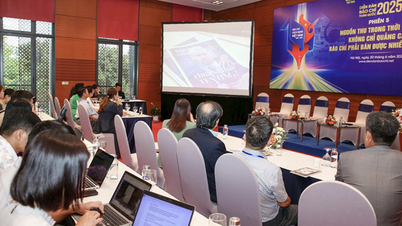
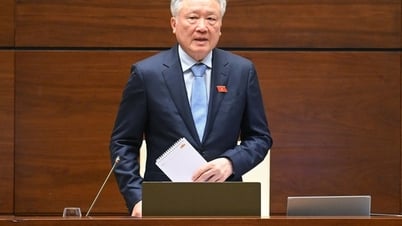
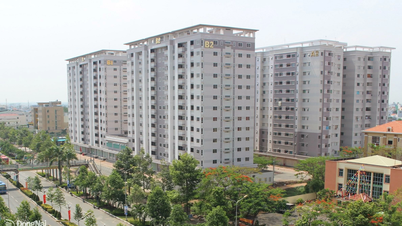
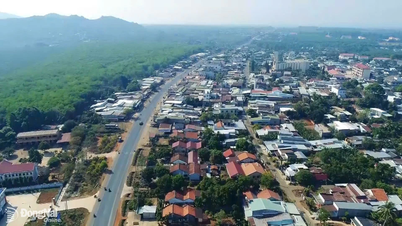


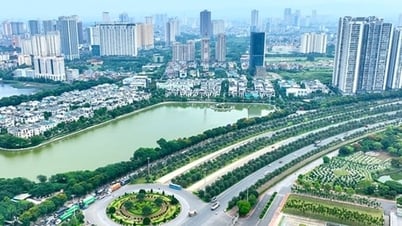

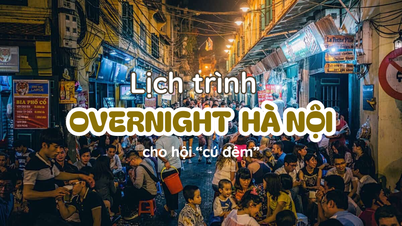

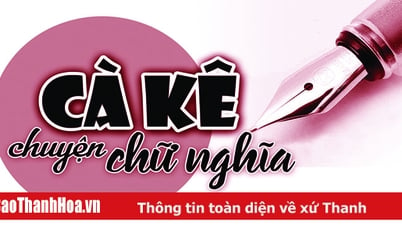













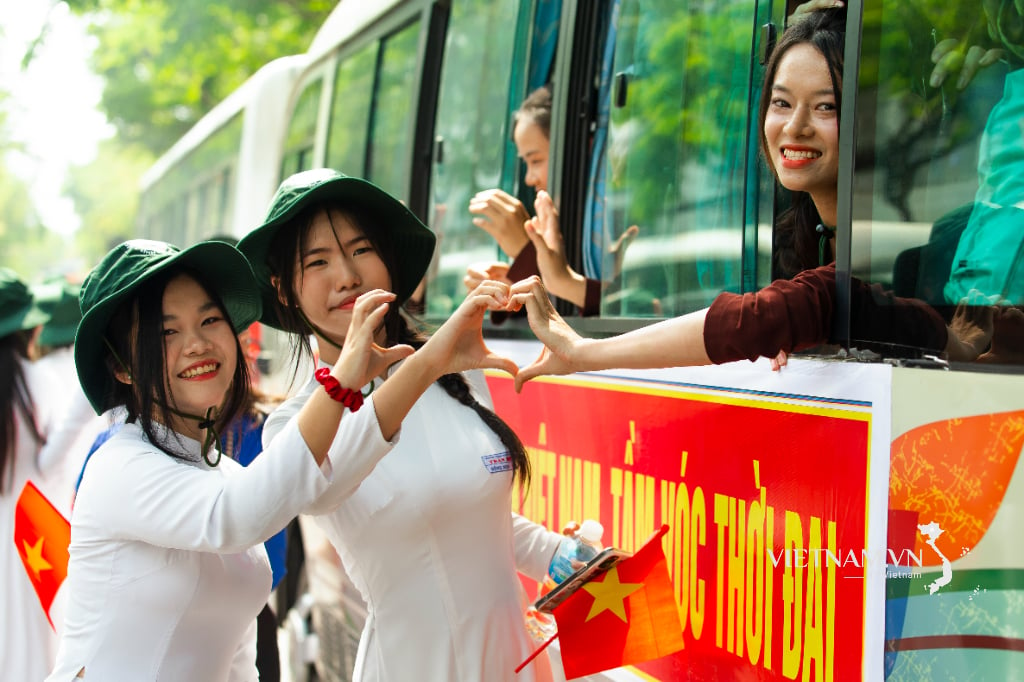
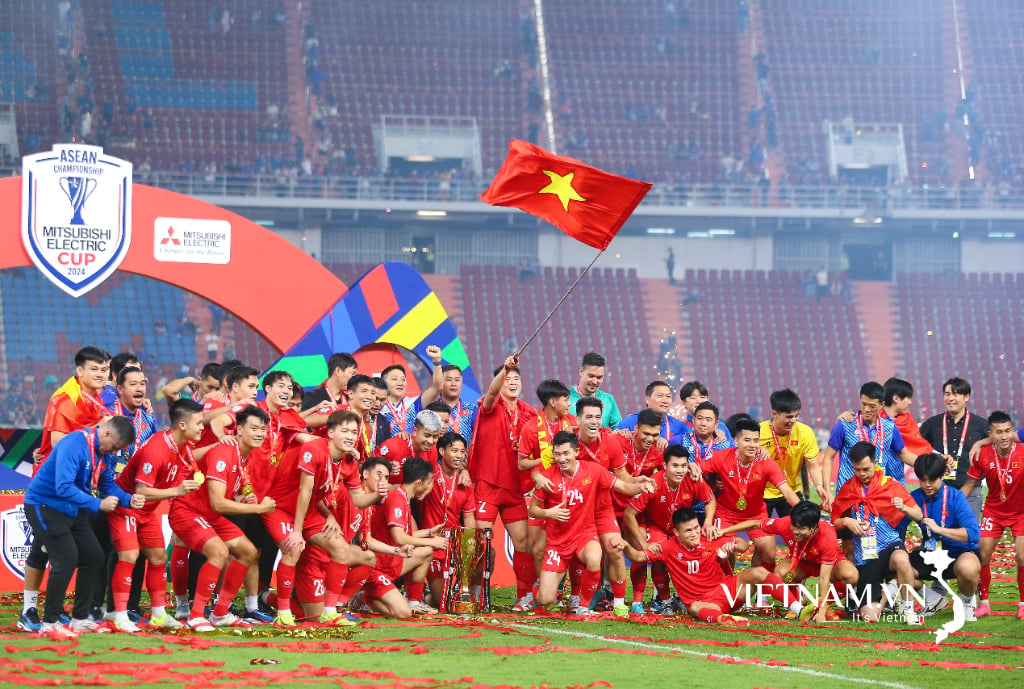
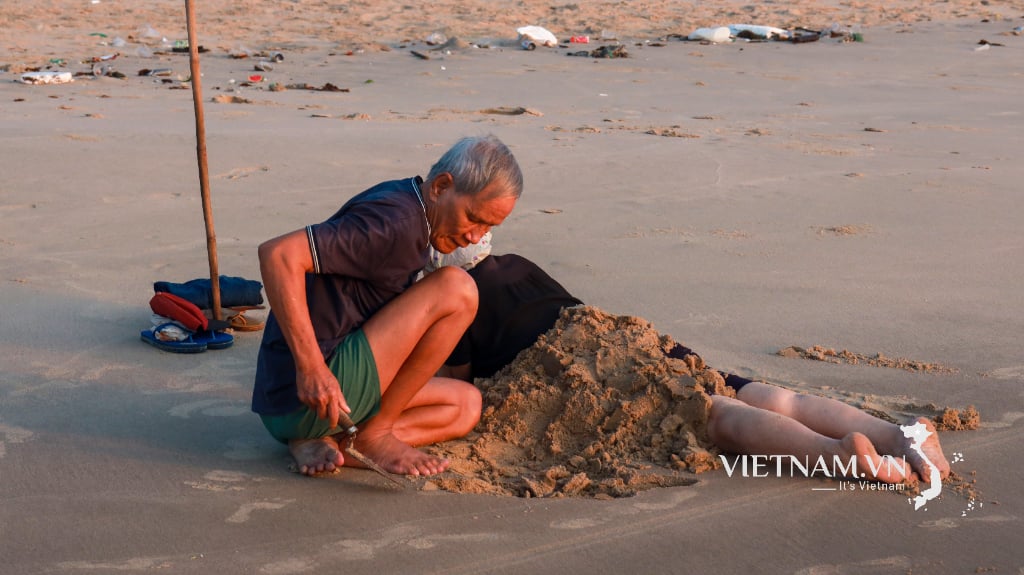
Comment (0)